Granule – classification of granule types
The name granule may have been heard by most of those who work in the plastic and polymer industry. The story started from a place where, with the advancement of technology, various methods and devices were created to produce plastic products, and the question was raised as to what the primary material used in these devices should be.
Among the forms of powder, granule, and flakes, granule has won this competition because of its many advantages. In most production methods, the granule is used as a raw material to produce the final product. But what is granule and what are its advantages? What types are there? How is it produced? If you have questions like this in your mind, stay with us in this article to get the answers to your questions.
What is a granule?
The wrong image of granules in the minds of some who have little knowledge of polymer and plastic is that this product is a type of polymer material. As the first and most important point, you should know that granule is not the name of a specific polymer and it is a form of polymer that has changed from a powder state to a granular form (like the image below) and is used in various applications and uses.
The reason for using granules is the ease of use in production; The powders are dispersed in the air, and in addition to the pollution of the workshop environment and the breathing problems they cause, a large amount of material is also wasted, but the granule does not have these problems.
In addition, the system of plastic forming machines is designed in such a way that its raw materials are better in the form of granules. Therefore, manufacturers prefer to use its granular form instead of powder form. To produce polymer products from granules, they must first be melted and then shaped.
Classification of granule types
Granules, in most cases, are transformed into the final product by two common methods of injection molding and air molding (of course, let’s not forget the rotational molding method).
Based on the crystal structure of the raw material and production methods, different divisions of granules are created. Among the most important and widely used granules, we can mention polyethylene granules (and their grades) and polypropylene granule (and their grades).
Polyethylene Granules
Polyethylene granule has a crystal structure and a specific chemical formula. By changing the arrangement of polymer branches in polyethylene, light, medium weight, heavy, and very high molecular weight grades are formed. According to the production methods, polyethylenes can be divided into injection grade or air grade.
By combining these two classification methods, the most important polyethylene grades include the following categories:
- Injectable light granules
- Injectable heavy granule
- Air heavy granule
- Linear light polyethylene granule
There are also other grades, only the more common ones are mentioned here. For example, what is meant by injected heavy polyethylene granule is, firstly, a granule whose structure and composition are light, and secondly, it is used in injection production methods.
Polypropylene Granules
This substance is generally divided into two categories:
- Homopolymer, which is produced from the polymerization of propylene monomer alone, and is also called textile PP.
- Copolymer produced from the polymerization of propylene with ethylene comonomer and it is also called chemical PP.
Polycarbonate Granules
Polycarbonate is a type of transparent polymer that is used in making various devices. Transparency and the ability to transmit light are one of the most important characteristics of polycarbonate. Injected polycarbonate is used to produce products such as car lights, plastic parts of household appliances, medical equipment, consumer products, etc. One of the defects of this granule is the tendency of high cracking against impact.
Other common granules
In addition to the mentioned, there are other types of granules that are used in different applications. Among these materials, we can mention polystyrenes, ABS, engineering polymers, and other granules.
Important points you should know about polymer granules!
- All polymer materials can be converted into granules depending on the application, viscosity, and other factors such as the type of polymerization and so on. But if the conditions of polymerization and other factors are complex, the polymer is produced in the form of powder, or solution. The main goal in producing a polymer is to obtain a material with desirable properties. Obtaining these properties and controlling it during the polymerization process depends on many factors including temperature, pressure, catalyst, etc. A polymer that has been melted and formed for the first time certainly has better properties than recycled polymers that have been melted several times. Some polymers retain their properties after several times of melting and shaping. But some of them, such as PVC, which are used a lot in door and window profiles, tables, and all kinds of sheets, cables, household appliances, etc., lose their property after recycling.
- One of the most expanding and important parts of the plastic industry is the recycling of plastic waste into reusable granules for other manufacturers because the raw materials of this industry are worn and worn tires in the regions of the country, which are found in abundance in Iran and several A thousand tons are added to their volume. Also, the product produced by these machines – rubber powder and standard rubber granules – is the raw material of many industries, such as the production of all kinds of flooring, all kinds of reinforcements and substitutes in paints, asphalt, concrete, as well as the main fuel of the furnace, the raw material of rubber making, etc. It has many applications inside and outside the country.
Granule Production
To produce granules, when the polymer is produced, it is melted in an extruder (something like a meat grinder) And a cutter or something similar is installed in the head of the extruder, which cuts the output polymer regularly and granules are produced. Recycled plastic materials that have been milled and have sheet shapes or sharp corners, cannot be easily used in the input funnels of these devices, and of course, due to the non-uniformity of their size with other materials, they always have a non-uniform composition during mixing. Therefore, the consumers of these materials prefer their purchased materials to be in the form of granules or small plastic pellets, which is done by a line called the granule production line.
Extruder granulator machine
Outboard is the final step in many plastic recycling lines. Extruders usually receive uniform material. If the recycling line does not function properly in the cleaning and drying stages, the extractor will not function properly either. This problem usually happens in other stages of the recycling line.
Conclusion
Preparing a high-quality and uniform granule that does not cause a drop in product quality and does not cause process and quality problems for the consumer is always one of the most important concerns of recycling industry activists.
For more information and to order granules, contact our experts at Iran Petroleum.

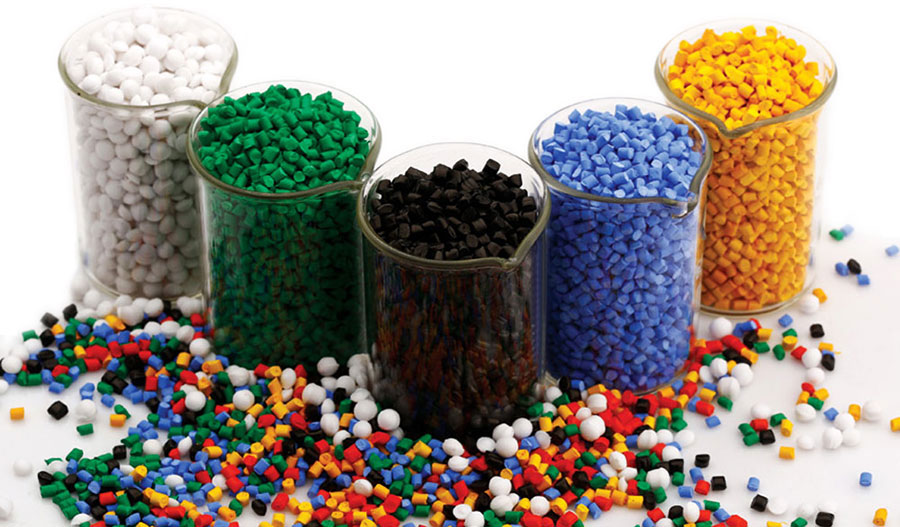
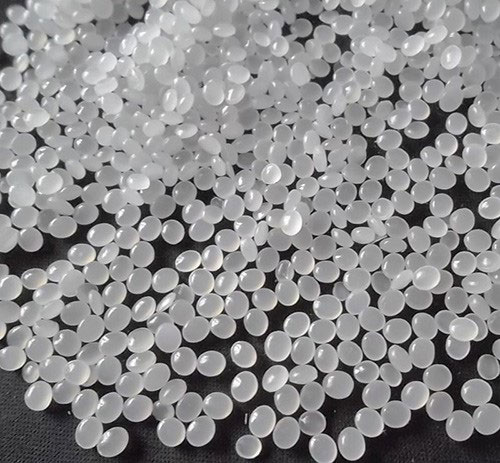
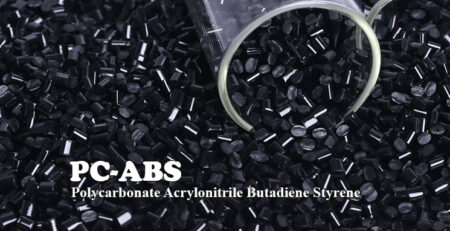

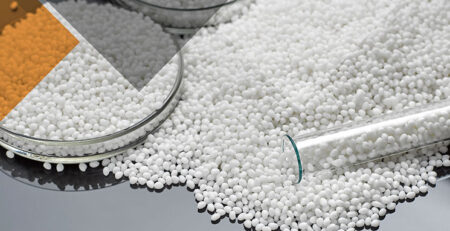
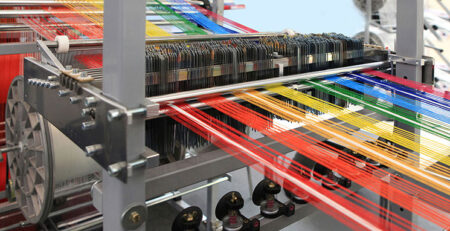
Leave a Reply